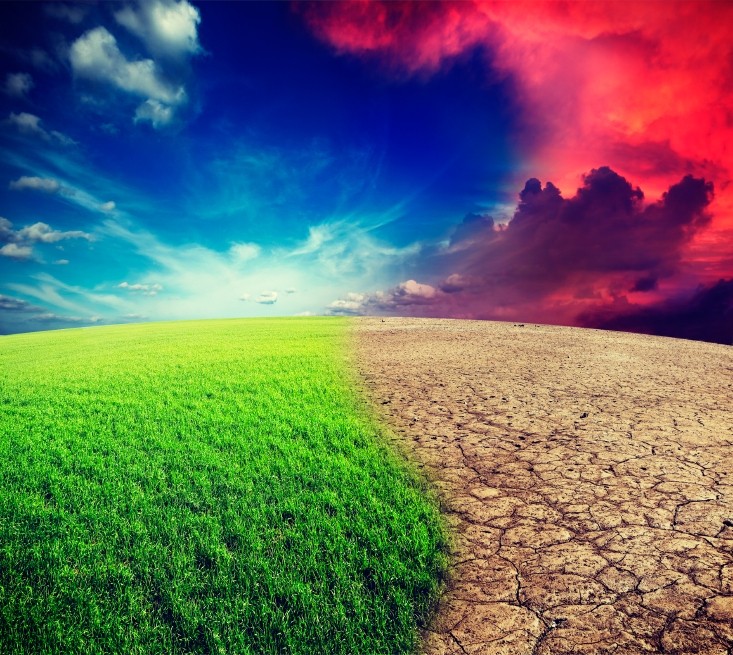Giant commodity carbon footprints show more action is needed

If they were a country, the five commodities listed above would be the third highest emitter in the world, behind only China and the USA.
As such, the food and drink sector must continue to “get serious” about driving down their supply chain emissions with science-based targets that also reduce the risk for smallholder suppliers.
“If food companies fail to act, it’ll be impossible to keep the promises of the Paris Agreement,” said Oxfam International’s food and climate policy lead, Tim Gore.
Alongside its report, Feeding climate change, Oxfam published an online tool illustrating the environmental footprints of 17 major commodities. Data on greenhouse gas emissions (GHGs), water scarcity and production levels are available for each.
Among the commodities with the highest GHG footprint per tonne are: cocoa from Asia and Oceania and Africa; soybean and coconut from Latin America; and coffee from Asia and Oceania. Of the crops grown within the EU, wheat and maize have the biggest GHG footprints.
Giant footprint
Rice is far and away the biggest emitter overall, but soy comes second with a footprint double the size of palm oil. However, palm oil has, to date, been where firms have often focused their climate mitigation efforts.
The report also identifies emissions from farm soils as a major contributor to climate change. Nitrous oxide produced from the use of fertilisers is one of the “super-pollutants” that make soil emissions as damaging to the environment as those produced by deforestation to create new farmland.
Oxfam praised the firms that have made inroads into mitigating the impact of emissions from their supply chains but highlighted the need for fair, science-based targets specific to their supply chains.
“One of the clear messages from this research is that the sector must redouble efforts to reduce supply chain emissions from palm oil, but also pay far greater attention to tackling the huge emissions associated with other commodities that they source,” the authors noted.
“This is the new frontier of climate action – not just for food and beverage companies, but ultimately for the business community as a whole,” they added.
Full disclosure
The world’s 10 biggest food and beverage companies have a collective GHG emissions footprint equivalent to all of the countries of Scandinavia combined. But the industry had “for the most part remained on the sidelines of efforts to reduce emissions”, Oxfam noted.
The likes of General Mills and Kellogg have started to buck that trend: last year both companies made industry-leading commitments to set science-based reduction targets for both their operations and supply chains.
Unilever has also forged some of the earliest commitments to eliminate deforestation from supply chains, while Coca-Cola was among the first to commit to sourcing 100% of their electricity demand from renewable sources.
Oxfam called on food and drink companies to measure, disclose and reduce the emissions in their supply chains (so-called scope 3 emissions) and ensure traceability and transparency in their palm oil and soy supply chains, in particular. They should also commit to “clear, measurable and time-bound targets with accompanying strategies that reduce risk and vulnerability for small-scale farmers”.
Gore added: “Food companies not only need to outline science-based emissions cuts in their supply chain and work with small-scale farmers to implement them, but also help these farmers thrive in the face of the changing climate by guaranteeing them a living income.”



